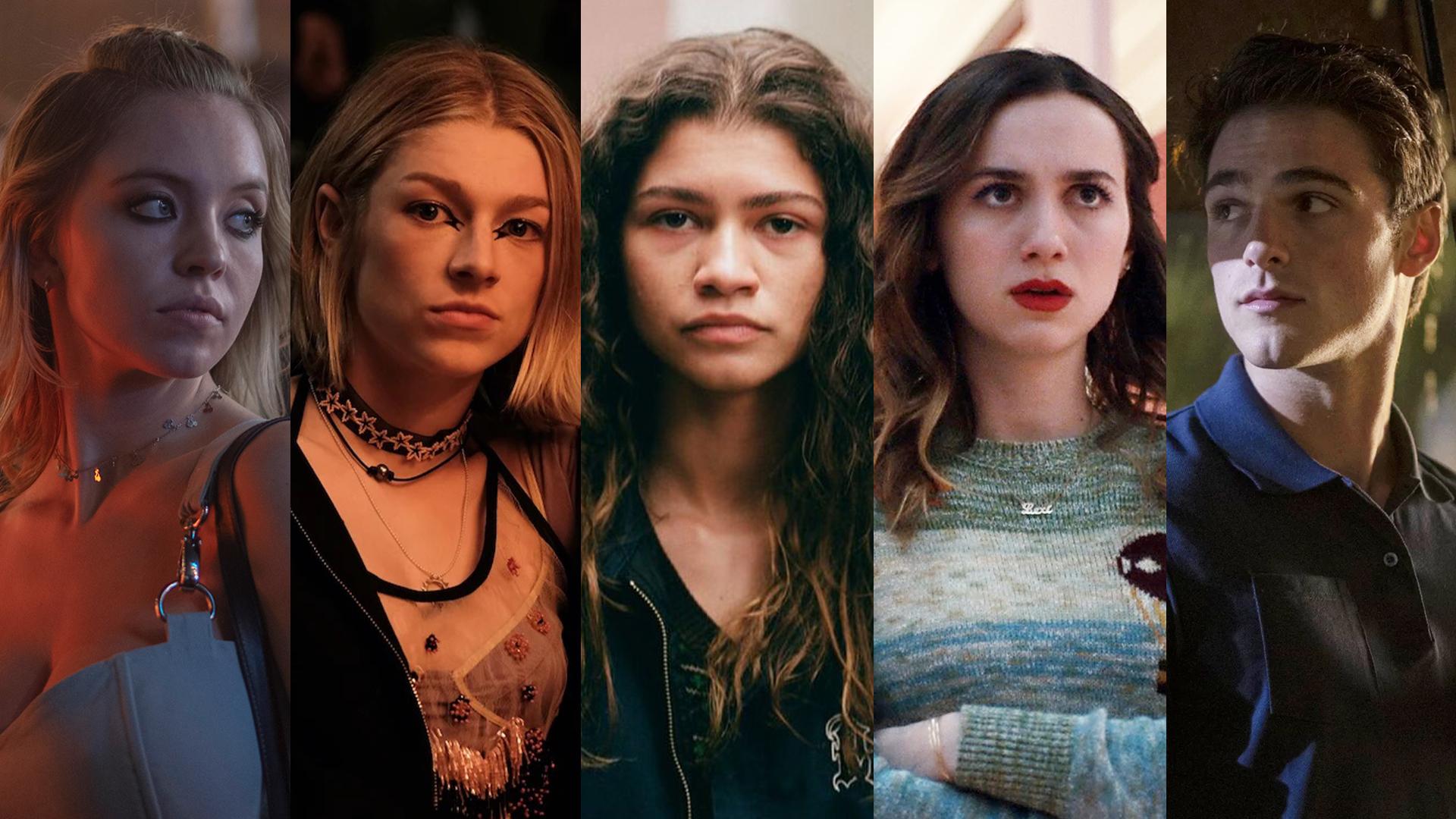In recent years, the television landscape has witnessed a surge in narratives that delve deep into the tumultuous and often turbulent world of adolescence. Among these, HBO’s “Euphoria” has emerged as a standout series, not only for its striking visual aesthetics and daring storytelling but also for its intricate portrayal of teenage characters grappling with a myriad of personal and social challenges. This article embarks on an analytical exploration of the complex characters within “Euphoria,” examining how the series transcends typical teen drama conventions to offer a nuanced depiction of modern youth. By dissecting the layers of each character’s journey, motivations, and interactions, we aim to understand how “Euphoria” reflects and amplifies the real-life struggles and triumphs of today’s adolescents, providing a mirror to the diverse and often daunting landscape of contemporary teenage life.
Character Depth and Emotional Nuances in Euphoria
In HBO’s Euphoria, the characters are crafted with meticulous attention to emotional intricacies and personal struggles, each layered with their own unique experiences and perspectives. This attention to character depth is evident in how the series explores the inner lives of its protagonists, weaving complex narratives that challenge the viewer’s perceptions. For instance, Rue, portrayed by Zendaya, is not just depicted as a troubled teen battling addiction; her character is a tapestry of vulnerability, resilience, and the constant search for meaning amidst chaos. Her internal monologues and interactions reveal a profound sense of yearning for connection, underscoring the universal struggle of finding one’s place in the world.
- Jules: A character navigating her identity and the societal expectations placed upon her, she embodies the delicate balance between self-discovery and the pressure to conform.
- Maddy: Her storyline delves into the complexities of love and power dynamics in relationships, portraying a young woman who oscillates between vulnerability and fierce independence.
- Nate: Through his character, the show examines themes of toxic masculinity and the impact of familial legacy on personal development.
These narratives are not only compelling but serve as a mirror to the multifaceted nature of adolescence itself, challenging viewers to empathize with the characters’ emotional journeys. By exploring such emotional nuances, Euphoria transcends the typical teen drama, offering a raw and honest portrayal of the trials and tribulations of youth.

The Role of Conflict in Character Development
In the intricate tapestry of Euphoria, conflict serves as a catalyst for profound character development, driving the narrative and revealing the complex layers of its characters. Each character is ensnared in their own personal battles, which not only define their journeys but also highlight their vulnerabilities and strengths. For instance, Rue’s struggle with addiction is not just a fight against substances but also a poignant exploration of her internal turmoil and desire for connection. This conflict exposes her deepest fears and aspirations, allowing viewers to witness her transformation as she navigates the chaotic landscape of adolescence.
- Interpersonal Conflict: The friction between characters like Nate and Jules is instrumental in unraveling their intricate personalities. Their interactions, often charged with tension, peel back the layers of their personas, revealing hidden motivations and emotional scars.
- Internal Conflict: Characters such as Cassie grapple with their self-worth and identity, torn between societal expectations and personal desires. These internal struggles are pivotal, as they drive characters to make choices that ultimately shape their destinies.
Through these conflicts, Euphoria not only portrays the turbulent journey of its characters but also invites the audience to reflect on the multifaceted nature of human experience, where conflict is both a source of pain and a vehicle for growth.

Interpersonal Relationships and Their Impact on Storytelling
- Emotional Depth: In Euphoria, interpersonal relationships are intricately woven into the narrative fabric, driving the story’s emotional depth and complexity. Characters like Rue and Jules exhibit a dynamic bond that oscillates between affection and conflict, showcasing the tumultuous nature of teenage relationships. This complexity is mirrored in their personal growth and struggles, serving as a powerful narrative device that shapes the storyline.
- Conflict and Resolution: The series uses these relationships to explore themes of identity, addiction, and mental health. Through the lens of relationships, viewers gain insight into how external pressures and personal demons affect each character’s journey. The interactions between characters like Cassie and Maddy highlight issues of trust and betrayal, providing a fertile ground for drama and tension. This not only enhances character development but also keeps the audience engaged with unpredictable plot twists and emotional resolutions.
Recommendations for Portraying Authentic Teen Experiences
To accurately depict the intricate lives of teenagers, creators must delve beyond stereotypes and clichés. One of the primary approaches is to embrace diversity in character backgrounds, experiences, and emotions. Teenagers today face a myriad of challenges that vary widely across cultural, socio-economic, and personal spectrums. By reflecting this diversity, narratives become more relatable and realistic.
- Focus on Emotional Depth: Develop characters who experience a range of emotions, from joy to despair, allowing audiences to connect with their struggles and triumphs.
- Highlight Complex Relationships: Explore the nuances of friendships, family dynamics, and romantic entanglements, showing how these relationships shape a teen’s identity.
- Incorporate Real-world Issues: Address contemporary issues such as mental health, substance use, and social media pressures, providing a mirror to the challenges faced by today’s youth.
By weaving these elements into the fabric of storytelling, creators can craft narratives that resonate deeply with viewers, providing both entertainment and insight into the teenage experience.
